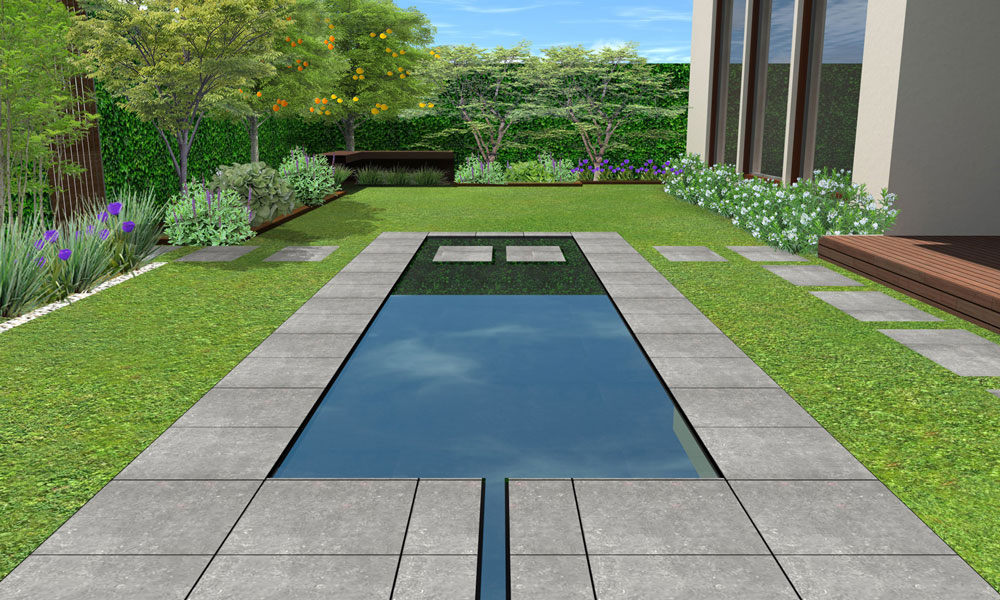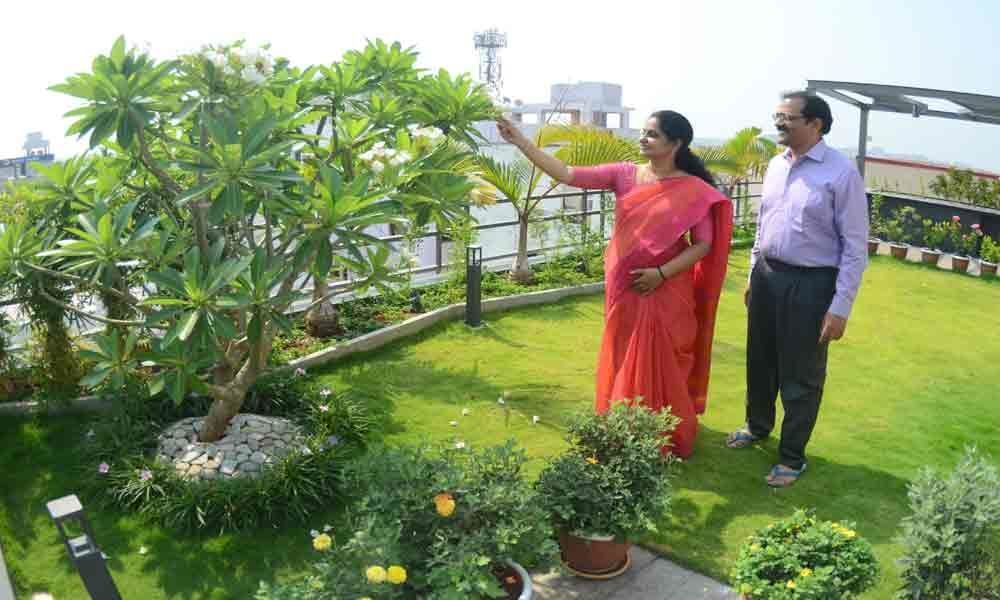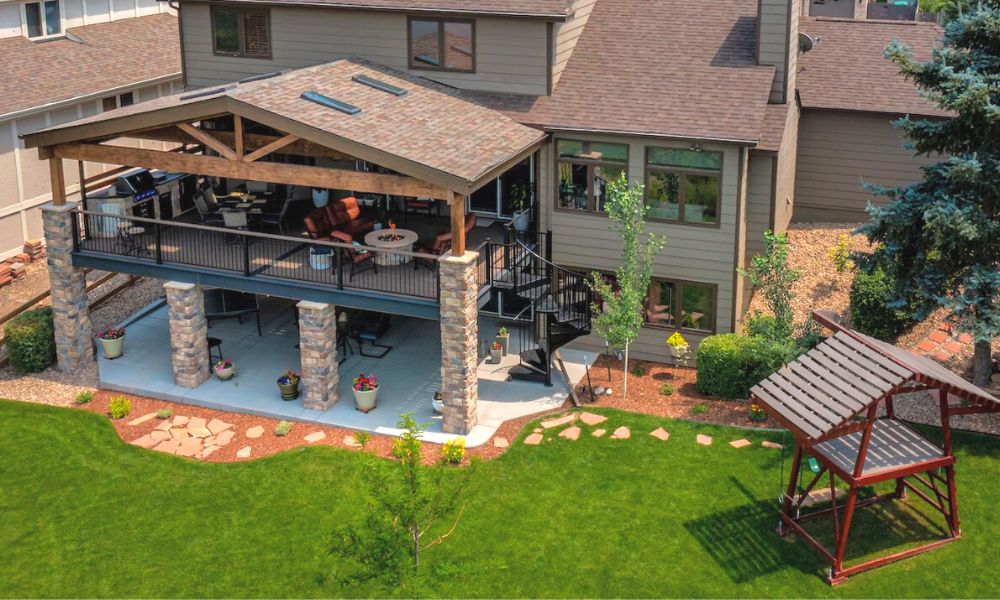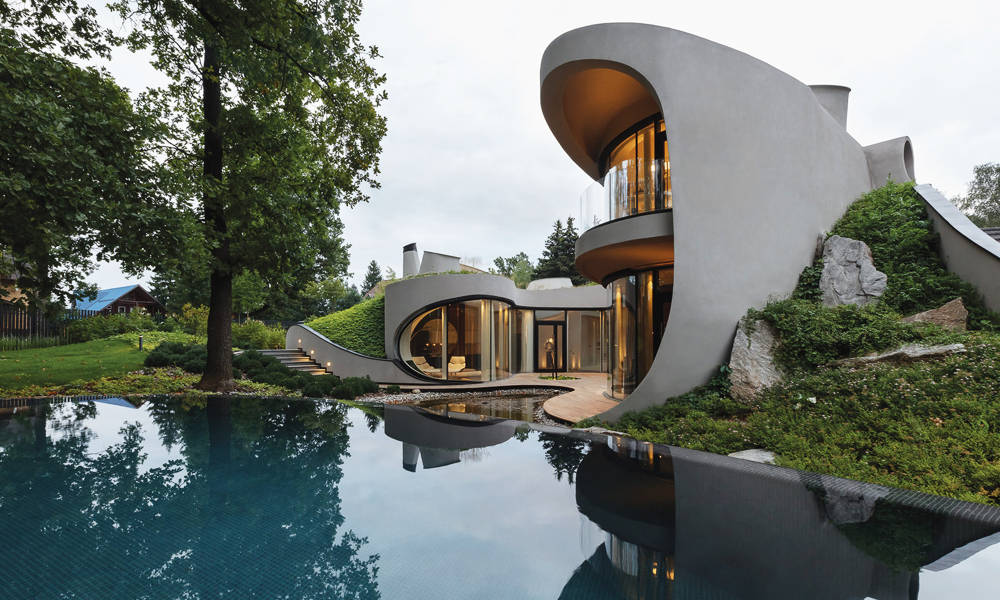
The Art of Landscape Design: Crafting Breathtaking Outdoor Spaces with Style and Harmony
Landscaping is the art of designing and arranging outdoor spaces to create beautiful and functional environments. It involves working with various outdoor elements such as plants, trees, rocks, water features, and lighting to create a harmonious and visually appealing outdoor space.
The Benefits of Landscape Design
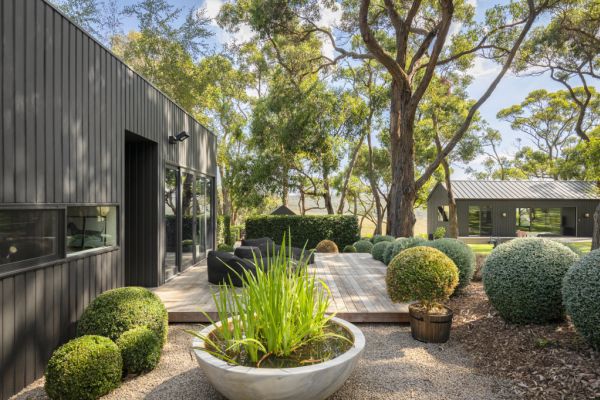
Landscape design not only enhances the aesthetic appeal of your property but also provides many benefits such as:
- Increases property value
- Improves air quality by reducing pollutants
- Reduces noise pollution
- Provides a relaxing outdoor space for you and your family
- Encourages outdoor activities and a healthy lifestyle
The Elements of Landscape Design
Landscape design involves the integration of various elements to create a cohesive and visually appealing outdoor space. These elements include:
- Plant selection and placement
- Hardscapes such as pathways, patios, and decks
- Water features such as fountains, waterfalls, and ponds
- Outdoor lighting to enhance the beauty and functionality of the space
- Garden ornaments and sculptures to add visual interest
The Principles of Landscape Design
Effective landscape design requires an understanding of the principles of design. These principles include:
- Unity: Creating a cohesive and harmonious outdoor space
- Balance: Achieving visual balance through the use of symmetry or asymmetry
- Proportion: Ensuring that all elements are in proportion to each other and the surrounding environment
- Repetition: Repeating certain elements to create a sense of continuity and rhythm
- Contrast: Using contrasting elements to create visual interest and drama
The Process of Landscape Design
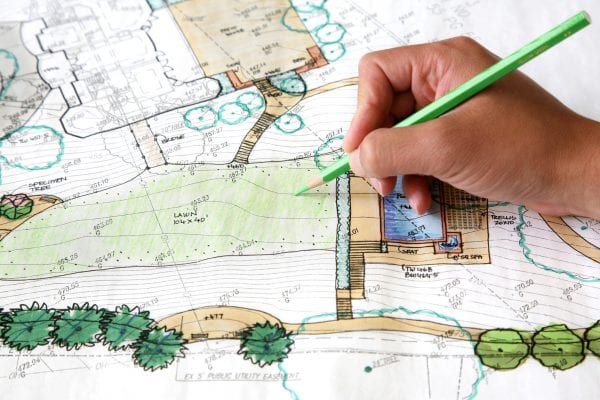
The process of landscape design involves several steps:
- Site analysis: Evaluating the site’s characteristics such as topography, soil type, and climate
- Conceptual design: Developing a preliminary design based on the site analysis and the client’s needs and preferences
- Design development: Refining the design and selecting specific plants and materials
- Installation: Implementing the design through the installation of plants, hardscapes, and other elements
- Maintenance: Ensuring the long-term health and beauty of the landscape through proper maintenance
The Role of a Professional Landscape Designer
A professional landscape designer can help you achieve your desired outdoor space by:
- Providing expert knowledge and advice on plant selection, placement, and care
- Creating a cohesive and visually appealing design
- Ensuring that the design is functional and meets your needs and preferences
- Managing the installation process and ensuring that it is done correctly
- Providing ongoing maintenance services to keep your landscape looking beautiful and healthy
Landscape design is an art that requires a deep understanding of the principles of design and the integration of various elements to create a harmonious and visually appealing outdoor space. Whether you choose to do it yourself or hire a professional, the benefits of a well-designed landscape are numerous and long-lasting.

